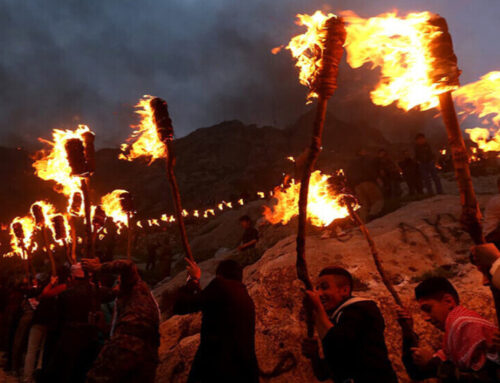On a scale from 0 to 100, where 100 is the most dangerous, Turkey has been given a weighting of 57.86, putting it toward the higher end of the ‘unsafe’ category and casting doubt on the country’s reputation as a tourism hotspot.

On a scale from 0 to 100, where 100 is the most dangerous, Turkey has been given a weighting of 57.86, putting it toward the higher end of the ‘unsafe’ category and approaching the ‘dangerous’ category handed to countries like Syria, Yemen and Iran. The data is “taken from reference sources, in particular from various UN agencies (UNDP, WHO, UNODC, UNHCR, UNSD, FAO), the World Bank and numerous international research organisations (IEP, EIU, IMDC, SIPRI, IISS, UCDP),” the Belgian travel company state.
More broadly, the Philippines, Colombia and Mexico are ranked as the most dangerous global countries, due to a high incidence of violent crime, a factor which also leaves the US ranked as among the world’s most dangerous countries. Internal conflicts in Yemen and Syria, and Russia’s conflict with Ukraine, contribute to these countries’ inclusion on the list. In contrast, Iceland, Singapore and Denmark are ranked as the world’s safest countries, in a top 15 highly dominated by European countries.
France is ranked as the most dangerous country in Europe due to continued terror threats, underscoring the continued threat posed by ISIS and other radical Islamist groups. Turkey is likely to have scored lowly due to poor performance on a number of metrics, including its imbrication in regional conflicts, reputation as a hotspot for ISIS to recruit, fund themselves and organise logistics, and inability to cope with devastating recent natural disasters, notably an earthquake which left over 50,000 people dead.
Turkey remains a popular global tourism destination, despite the country’s poor safety record and reputation as a human rights abuser.








Leave A Comment